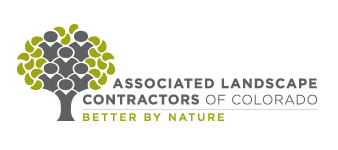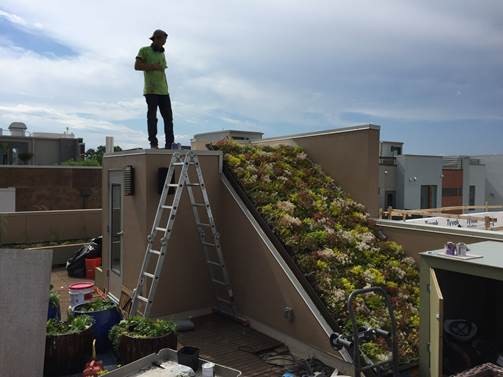| Engineering residential green roofs |
 |
| News |
| Tuesday, December 08, 2015 05:00 AM |
|
“I learned you have to do more legwork on the engineering side ahead of time,” says Moore. “You have to consider how heavy systems will be when wet and fully grown. When you add snow on top of that, you need to be sure the roofing structure can handle it.” To assess these types of issues, Moore says you may need to locate the original architect or builder, or hire a structural engineer. This can add time and money to the project, so he warns to plan accordingly. Soil choices are important, too. Lightweight specialty soil keeps the roof garden from getting too heavy. Some suppliers carry this type of soil but be careful to choose one best suited to the type of plants being installed – for example, a deeper soil depth supports sod and perennials. “It’s a challenge to keep plants alive,” Moore says. “The soil structure is 100 percent different on green roofs. We want soil to be reliable, porous, consistent and light. It doesn’t retain moisture as much as it would on the ground, so you have to water more frequently due to the sun and wind exposure.” “We like to use monoculture plants of the same watering characteristics and height,” says Moore. “If you want shrubs and trees, you need lots of weight and space. You want to distribute the load evenly to create consistent insulation.” The roof environment can be very harsh with drastic fluctuations in temperature and wind and you need to use plants that are adapted to those conditions. Due to the lack of consistent rainwater in Colorado, green roofs need irrigation systems and the roof must be constructed to prevent leaks. If a roof has no access to water, a plumber may have to penetrate the roof to provide it, but roofing waterproofers will need to make sure the integrity of the roof is not compromised. For more information about this green roof project, check out the article, "Diggable Designs: residential green roofs" on page 15 of the November-December 2015 issue of Colorado Green. ALCC members can access the magazine archives online at alcc.com/colorado-green-magazine. Read more in this issue of Colorado Green NOW: |

 Mike Moore, general manager and co-owner of Diggable Designs, an ALCC Sustainable Landscape Partner, learned some of the finer points of green roof design and installation when undertaking a project in the Highlands area of Denver. Homes in this neighborhood are narrow, and tower four to five stories high.
Mike Moore, general manager and co-owner of Diggable Designs, an ALCC Sustainable Landscape Partner, learned some of the finer points of green roof design and installation when undertaking a project in the Highlands area of Denver. Homes in this neighborhood are narrow, and tower four to five stories high.